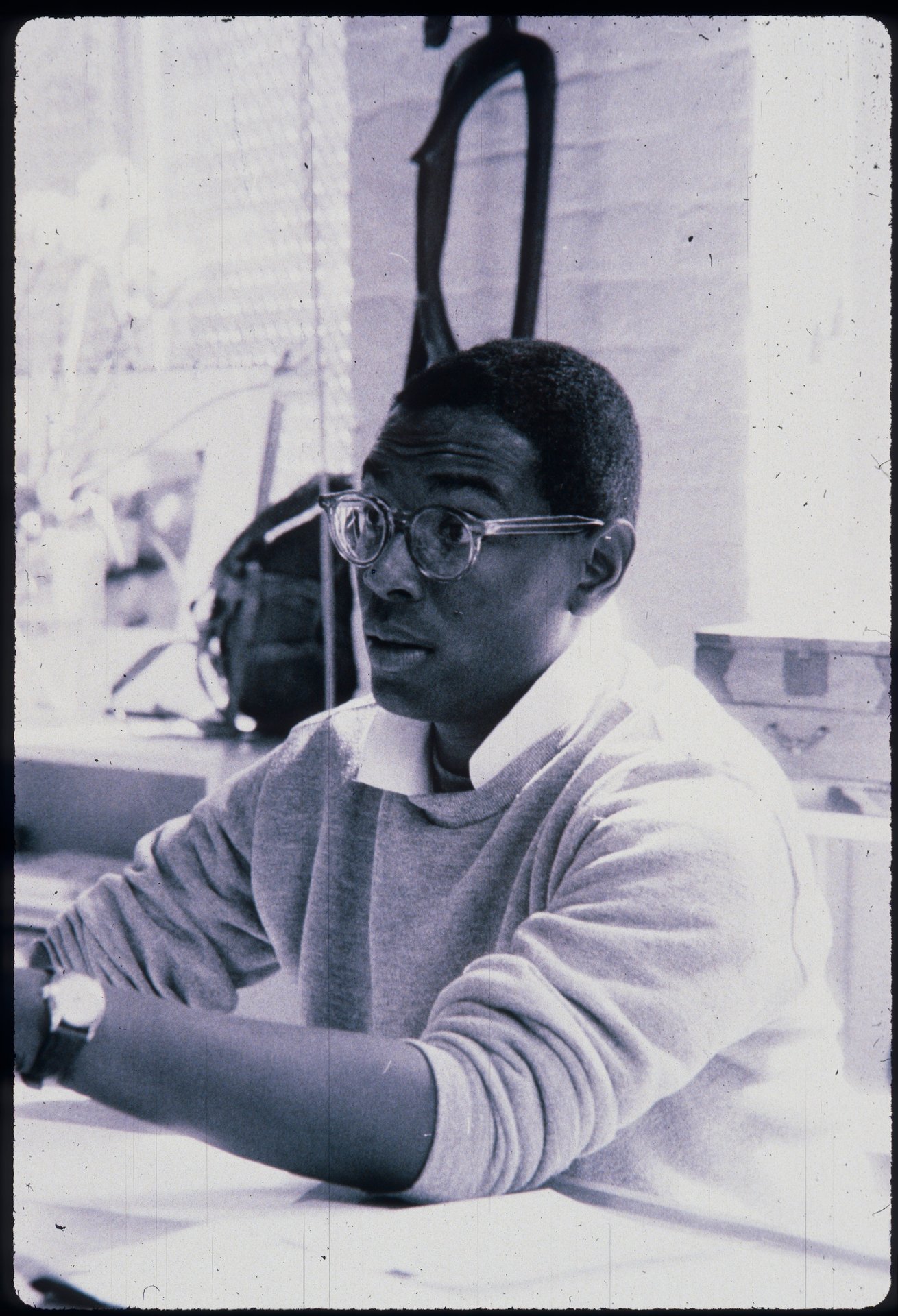The Impression/CFDA: Stefan Beckman
February 17, 2017
Obi Anyanwu




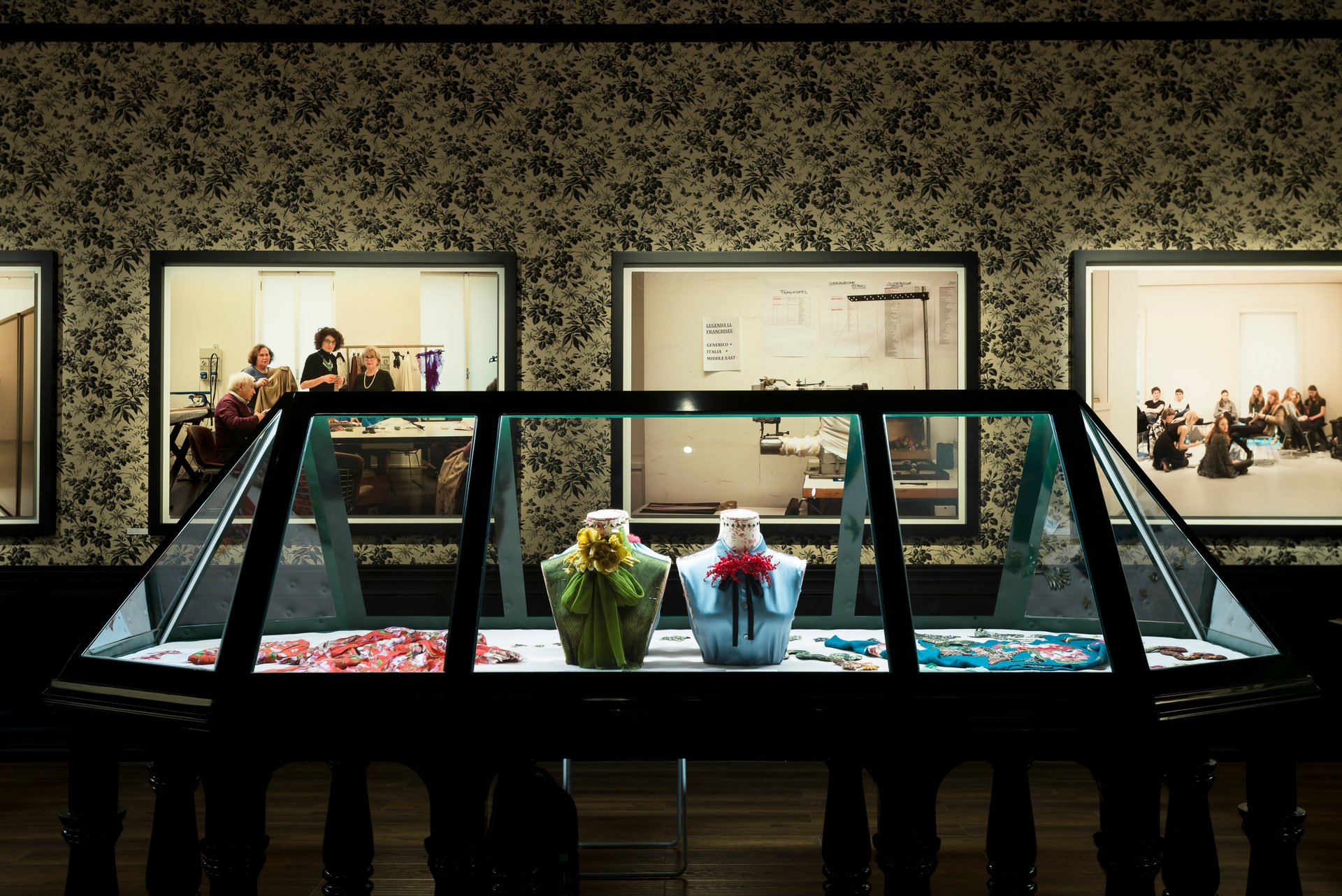
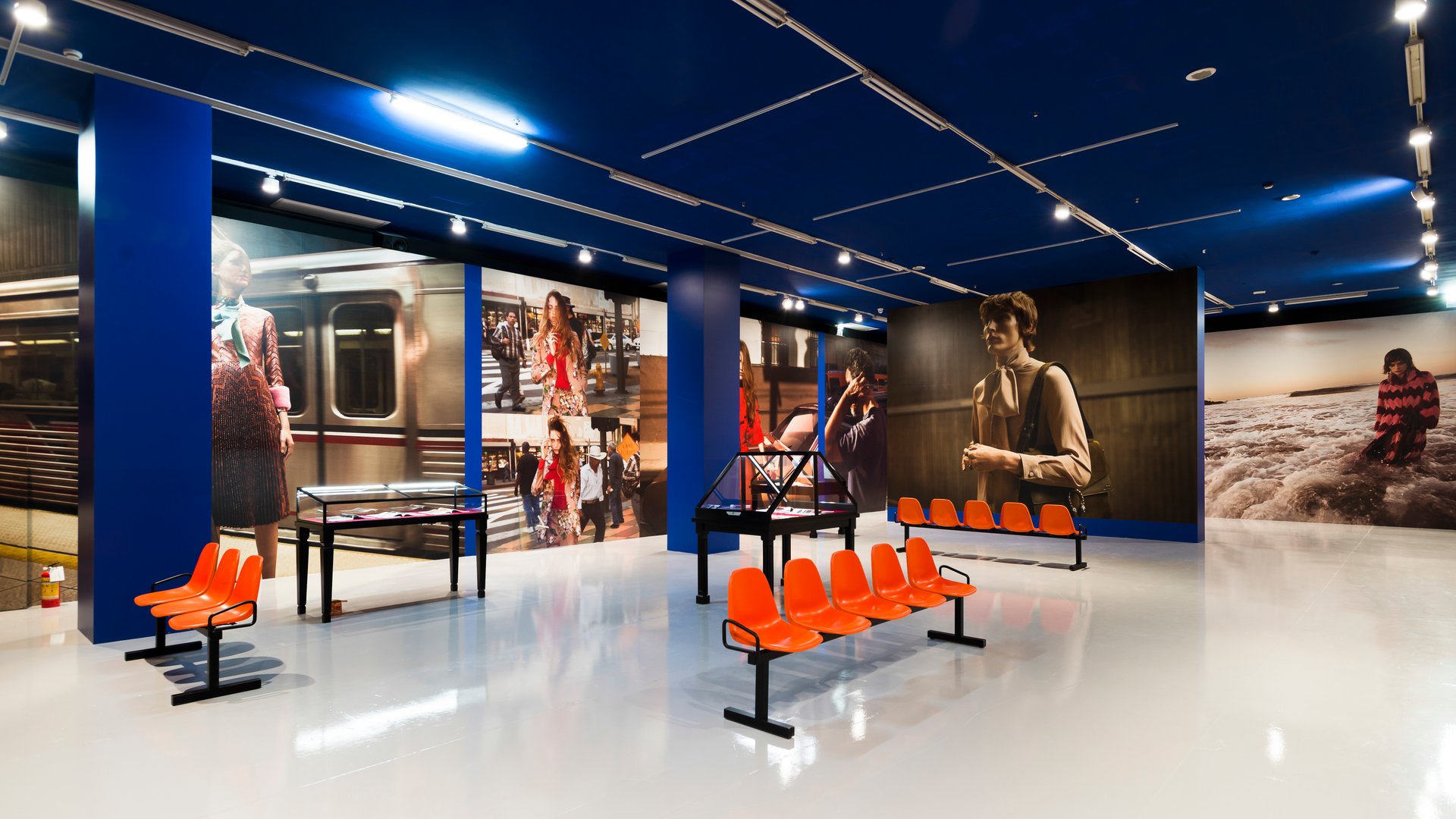
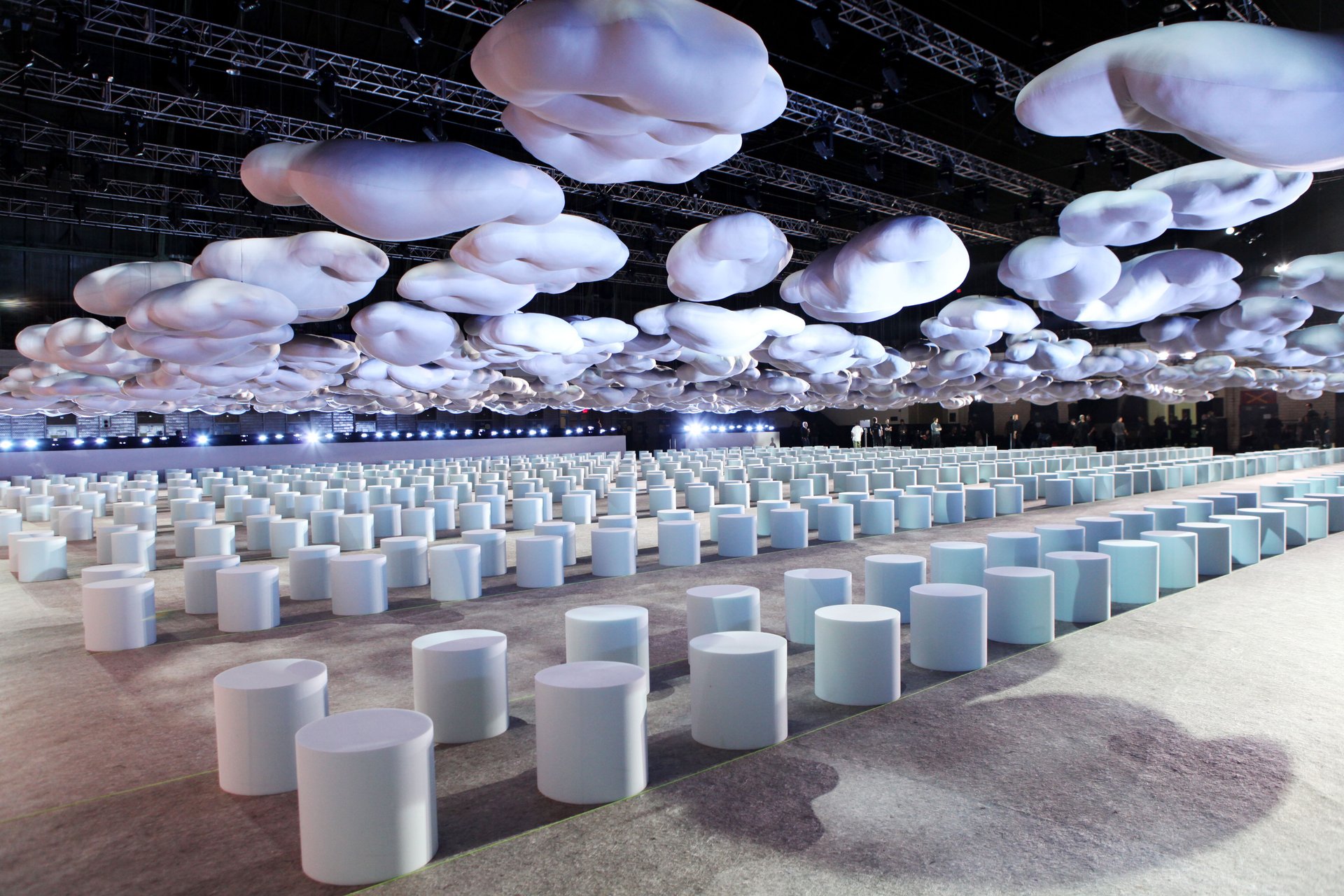
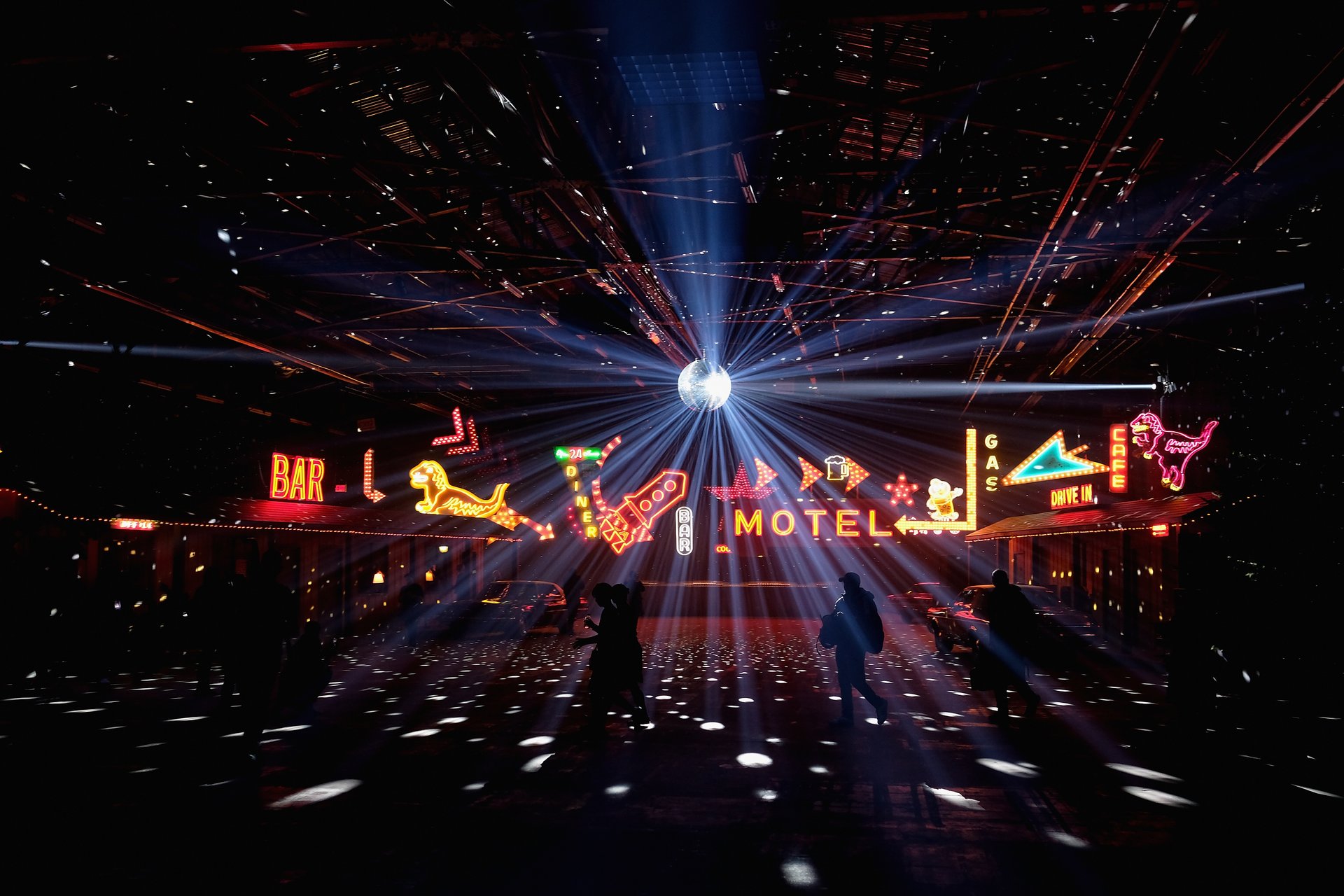
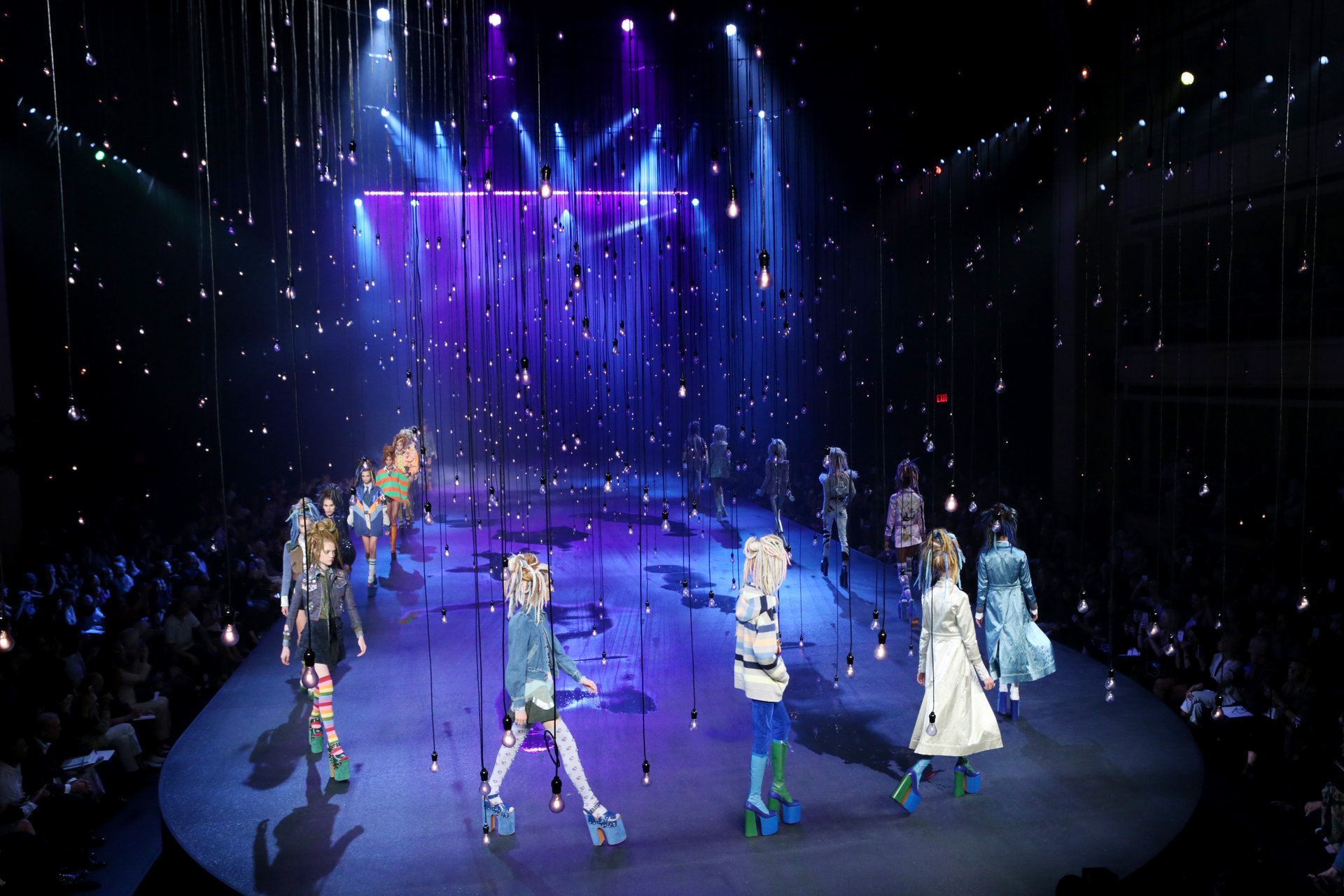

NEW YORK, NY - DECEMBER 08: A view of the interior atmosphere at Coach 75th Anniversary: Women's Pre-Fall and Men's Fall Show on December 8, 2016 in New York City. (Photo by Owen Hoffmann/Patrick McMullan via Getty Images for Coach )
On the final day of New York Fashion Week: Women’s, designer Marc Jacobs does what he always does – close out the week with a spectacle fantastic enough to entice even the most wary of fashion week survivors. Those awe-inspiring shows, be it with a perfectly-pink house or a venue inspired by Diana Vreeland’s living room come to life, have been staged by one man, set designer extraordinaire: Stefan Beckman.
Since the mid 2000s, Marc Jacobs has teamed with Beckman, collaborating on just under 20 runway shows together, with the partnership still going strong.
“Marc is incredible because he’s a great director and a great person,” said Beckman. “Every collection is different and his ideas come from art or architecture or music; he melds them together to make a great show experience. It’s different and a challenge, but it’s always interesting.”
Beckman caught the creativity bug at an early age growing up in Texas and Los Angeles. His mother was a fan of fashion; his father, a landscape architect. Beckman’s interest in sets started with high school theater, which led him to study film in college.
“Theater is important in terms of performance. When you’re doing a show, you’re putting on a play,” he explained. “It’s not just a fashion show; you hope that you’re doing something that people can take away. The clothes are obviously the most important, but what does that make a person feel? Film is a very visual thing and fashion is very visual. They work hand in hand in how they influence things in terms of cinematography, color and texture.”
That love of visual has enabled Beckman to build an impressive list of collaborators that includes Miu Miu, Valentino, and Hermès. The latter partnered with Beckman to bring to life its “All About Women” concept, a multiple-room exhibition that explored the world of Hermès and its métiers. Alexander Wang has also called on Beckman for numerous projects, including campaign sets and runway shows for his namesake label, as well as Balenciaga, and the Alexander Wang for H&M runway show.
For Coach’s 75th Anniversary Show, Beckman built a set of vintage automobiles and neon signs reminiscent of drive-through cinemas and diners in the 1950s. For the women’s Pre-Fall and men’s Fall 2017 collections, the show concluded with a special arrangement of “Empire State of Mind” performed by the Young People’s Chorus of New York City as set in front of a roadside motel designed by Beckman.
“I’ve worked with Stuart [Vevers] for several seasons now,” Beckman explained. “I think he’s on a great roll of capturing what American nostalgia is and what America means, especially because of seeing it through his eyes as an Englishman. I think he’s been great about giving that brand a really fresh look.”
Of the anniversary celebration, he said, “I think because of the election and the holidays, it was a really emotional, incredible experience that took people by surprise. You can’t wow [the audience] every time and it doesn’t have to be about the surprise, but it is nice to see that reaction.”
Beckman’s line of work has not changed much since he began, save for social media as fashion shows are consumed much quicker and at times forgotten by the time collections hit the stores. To get ahead of consumer demand, Burberry, Tommy Hilfiger, and other companies have held ‘see now, buy now’ shows, where runway pieces are made available at the end of the show.
In September 2016, Tommy Hilfiger launched the TommyxGigi collection at the Tommy Pier weekend pop up at South Street Seaport in New York City. The event was unprecedented and is sure to spawn to similar events (Tommy headed to Los Angeles for its second ‘see now, buy now’ show), but what does this mean for show production and set design? Beckman is very optimistic about the future of runway and the coexistence of intimate shows and large, consumer facing shows.
“I was talking to someone about this the other night,” he said. “Things have always changed in fashion, that is what fashion is all about, but I think things are changing very quickly and quicker than before so everyone’s trying to figure out. I think there are models for both [runway shows]. You still want to have an emotional response, you’re still trying to entertain and you’re still trying to sell and have an image for a house.”
Social media considerations are also incorporated in his creative vision. “I don’t think runway will die, but it will evolve. Film and video and those things are going to be more important. I think people are going to push that idea and it’s going to continue to evolve quickly. It can be a scary and you can feel nostalgic, but the flipside is to be optimistic. It’s pushing me to do things. It’s important, even if you’re older, to push yourself in that way and fashion is really good about that.”
Beckman added that show production is on a case-by-case basis. Smaller, newer brands should not feel compelled to hold full-scale productions, and sometimes the larger brands should scale back as well. Much like his approach, Beckman feels that the clothing comes first and shouldn’t be overshadowed by the set, and that goes for runway and campaigns.
“Don’t get me wrong – I love spectacle,” he said. “I love talking to Marc every season to see where his mind is. He’s always about the clothes and it should be about the clothes. I think it’s okay to go intimate if it’s right. It has always been different every season.”
One thing is for certain: with Beckman in charge, we are all in for a great set-up.

